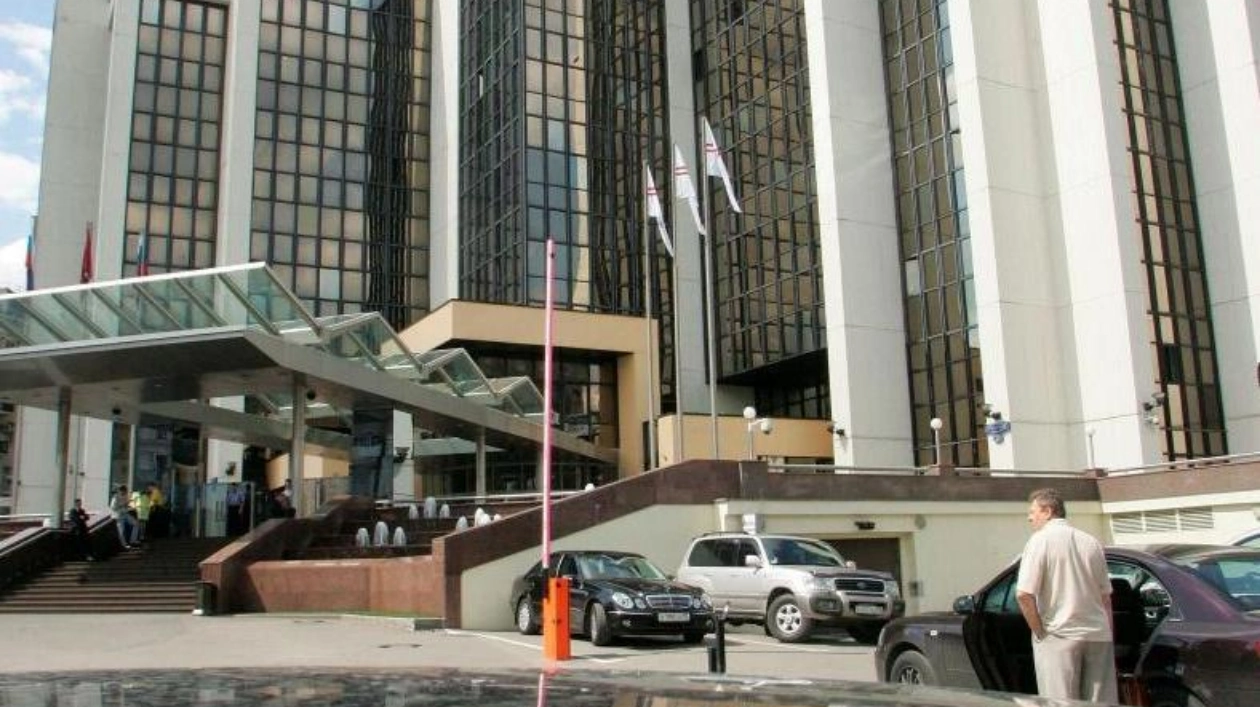India's monthly oil imports from Russia dropped by 18.3 percent to approximately 1.7 million barrels per day (bpd) in August compared to the previous month, according to tanker data sourced from trade sources. This decline was attributed to reduced crude processing by certain refiners.
In contrast, China increased its purchases of Russian oil last month, reclaiming its position as Moscow's top oil client after India briefly overtook it in July. The share of Russian oil in India's August imports decreased to about 36 percent, following five consecutive months of increases. In July, Russian oil accounted for approximately 44 percent of India's oil imports.
Despite the reduction, Russia remained India's leading oil supplier in August, followed by Iraq and Saudi Arabia. Overall, India, the world's third-largest oil importer and consumer, imported 4.7 million bpd of oil in August, a slight decrease of about 1 percent from July.
India's imports of Saudi Arabian oil last month fell to their lowest level since July 2023, reaching approximately 498,200 bpd. Chennai Petroleum shut down some units at its 210,000 bpd southern India refinery, while Bharat Petroleum Corp reduced crude processing at its Bina refinery in central India for maintenance work.
Indian refiners have been enthusiastic buyers of Russian oil, which is sold at discounted rates, following Western sanctions against Moscow and the subsequent reduction in energy purchases by Western nations in response to Russia's invasion of Ukraine. Additionally, Indian refiners received about 138,000 bpd of Canadian oil and 254,000 bpd of US crude last month.
Due to the decrease in Russian oil intake, the share of OPEC nations in India's overall oil purchases reached a four-month high in August, driven by increased purchases of Iraqi oil. However, the share of OPEC oil in India's imports during the first five months of the fiscal year starting in April has fallen to an all-time low.
The share of Middle Eastern oil in India's August crude imports increased to 44.6 percent from 40.3 percent in July. During the April-August period, the region's share decreased to about 44 percent from approximately 46 percent a year ago.






